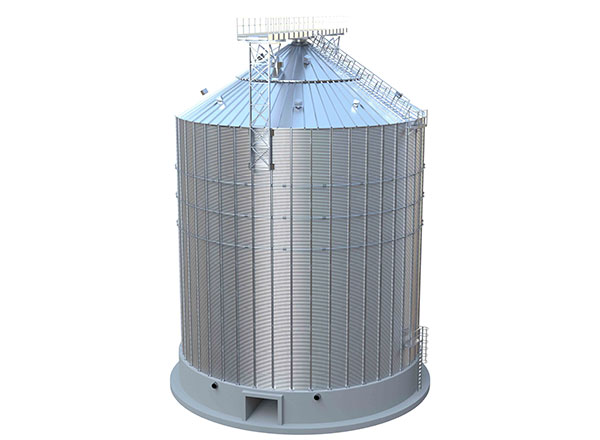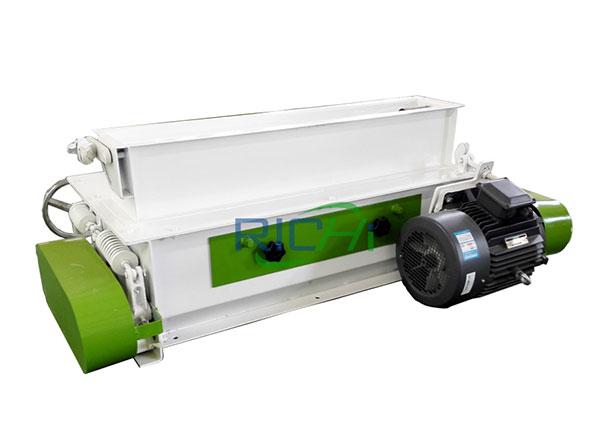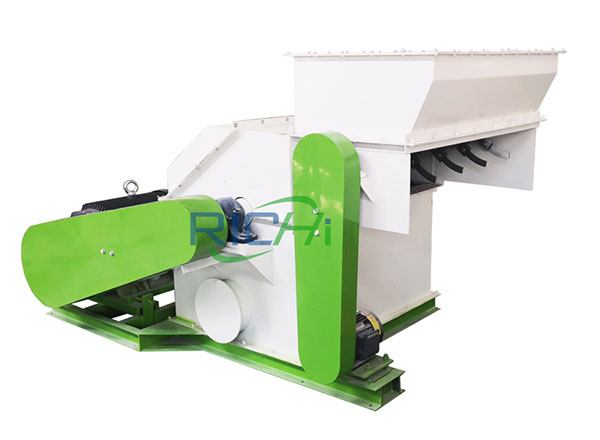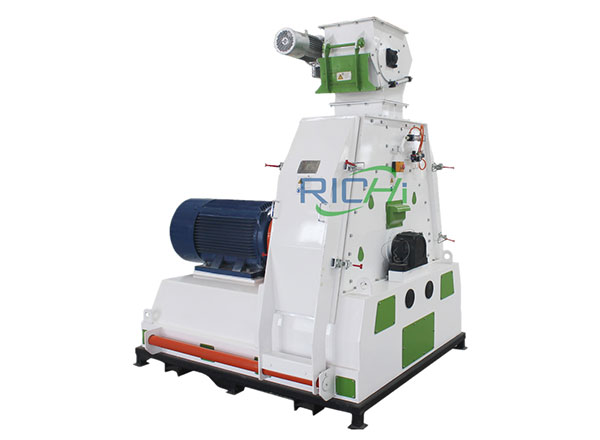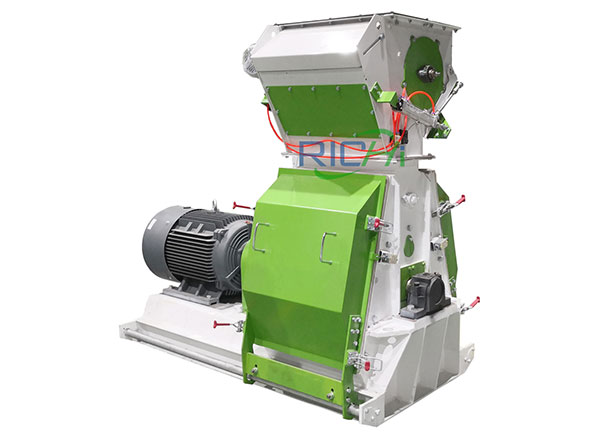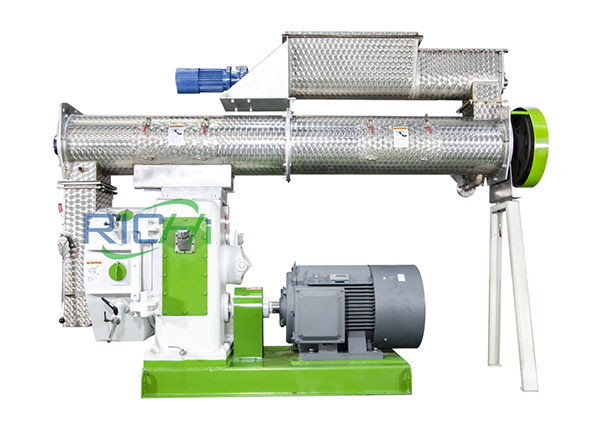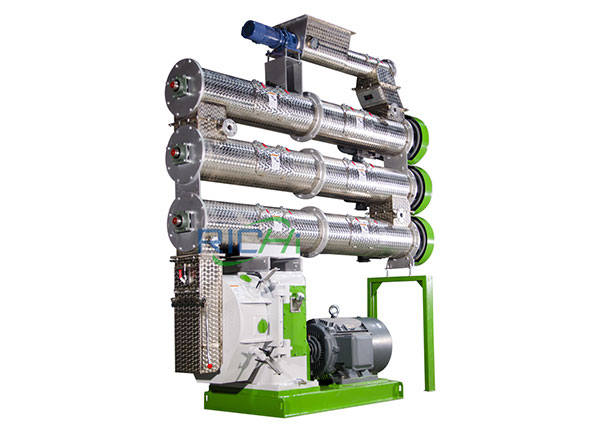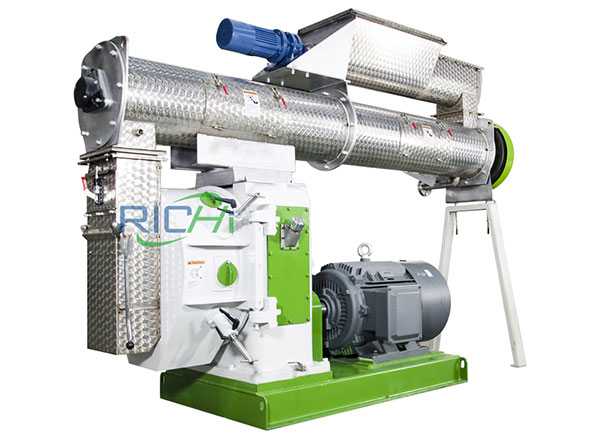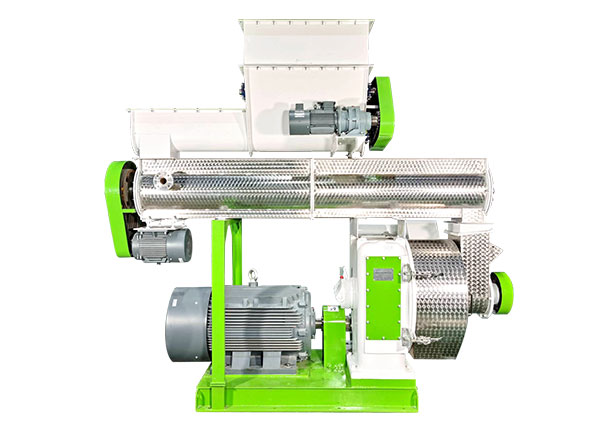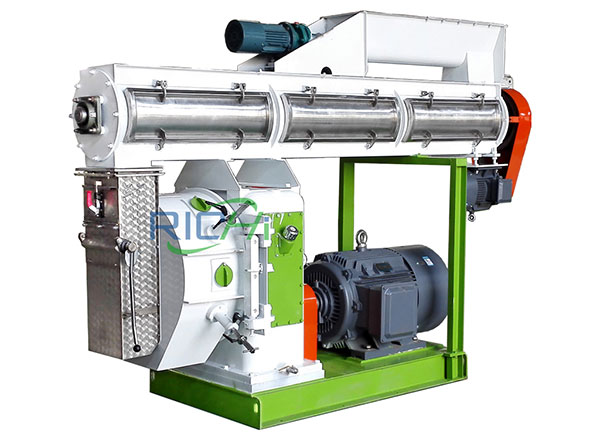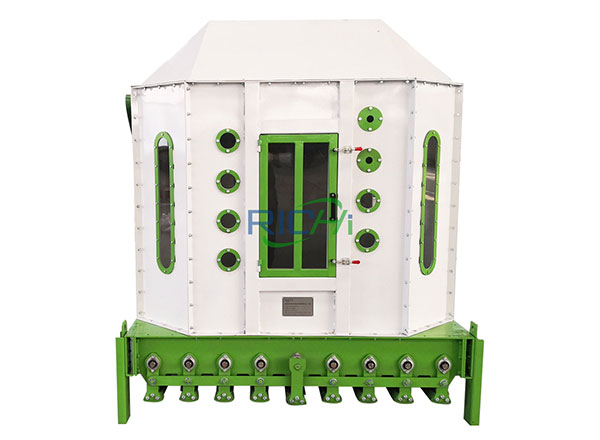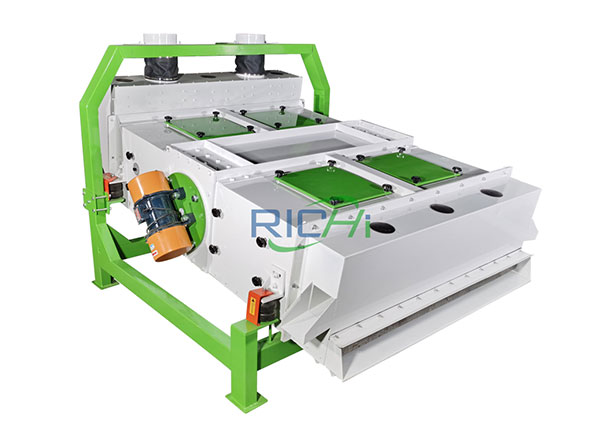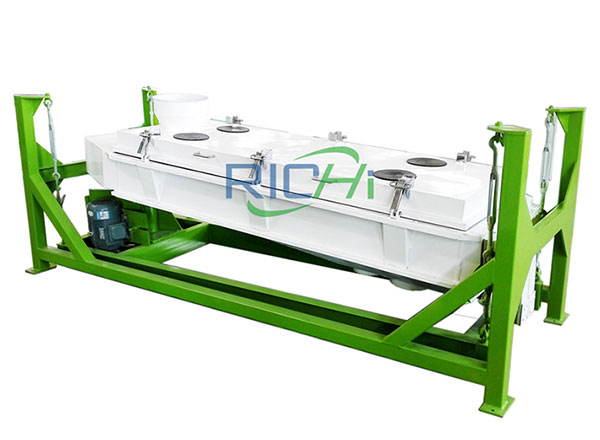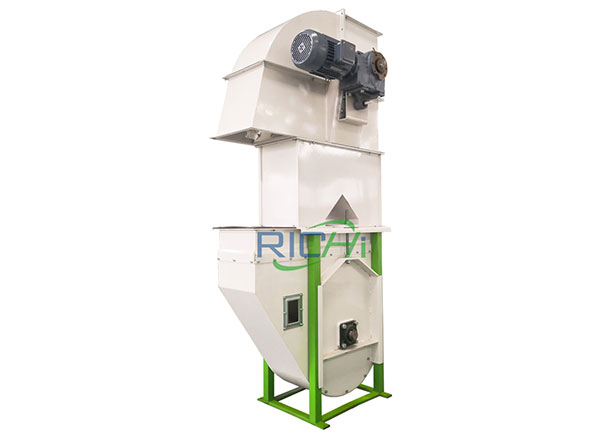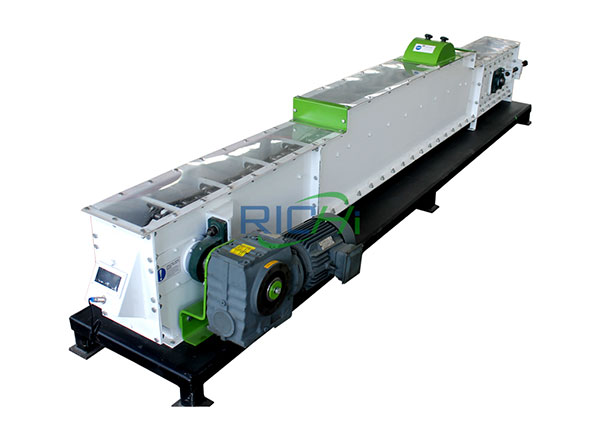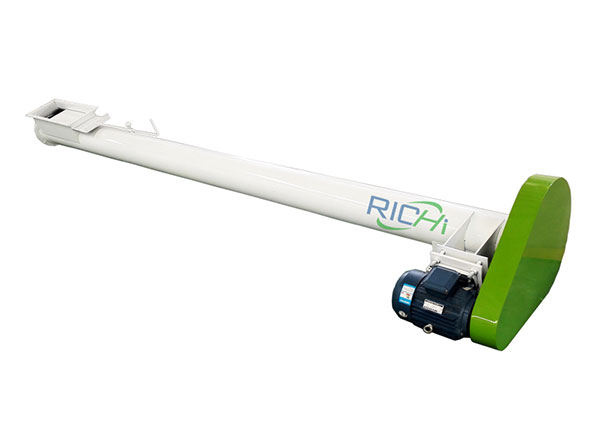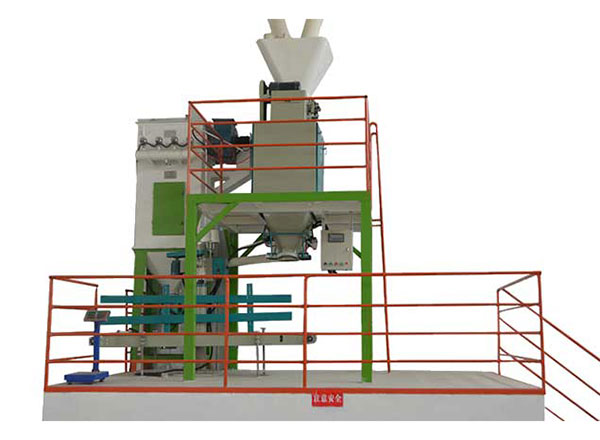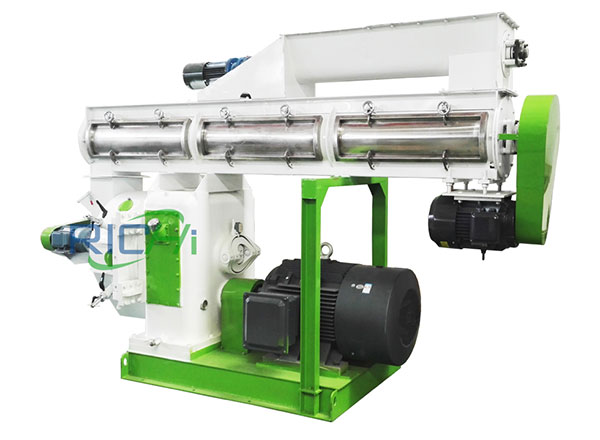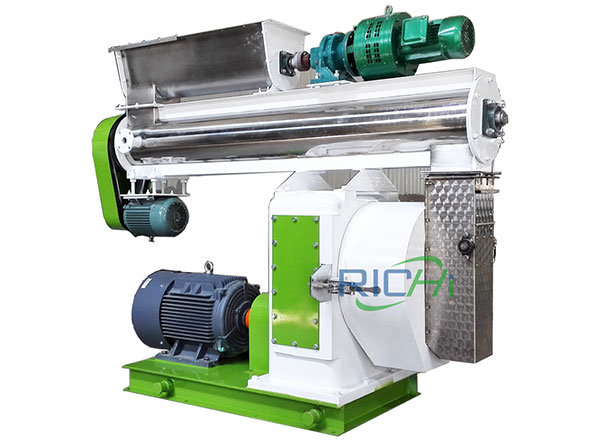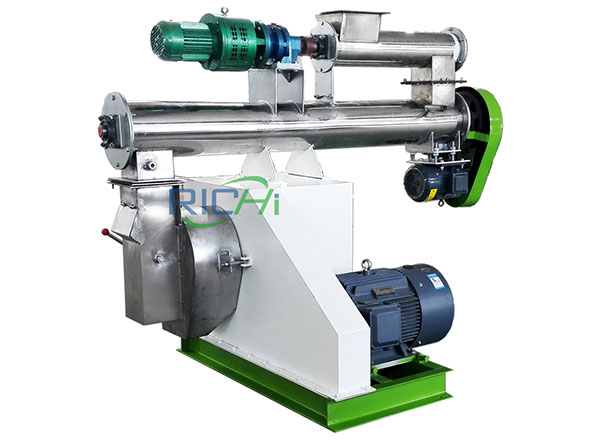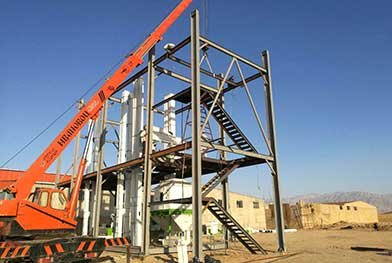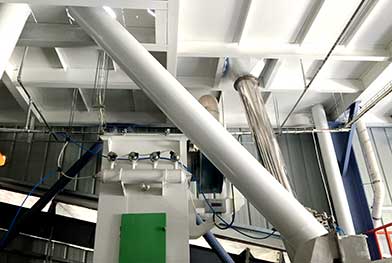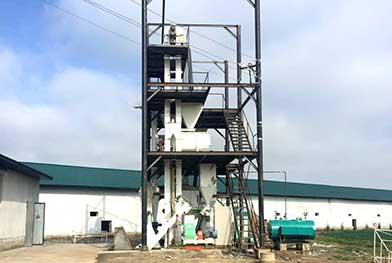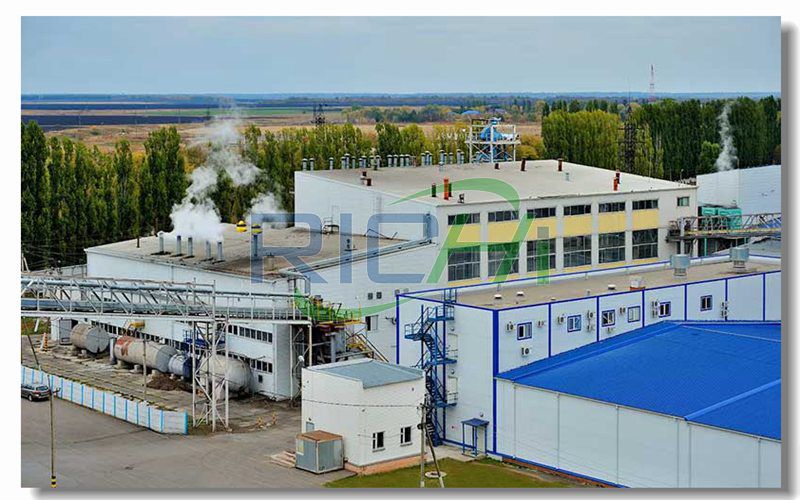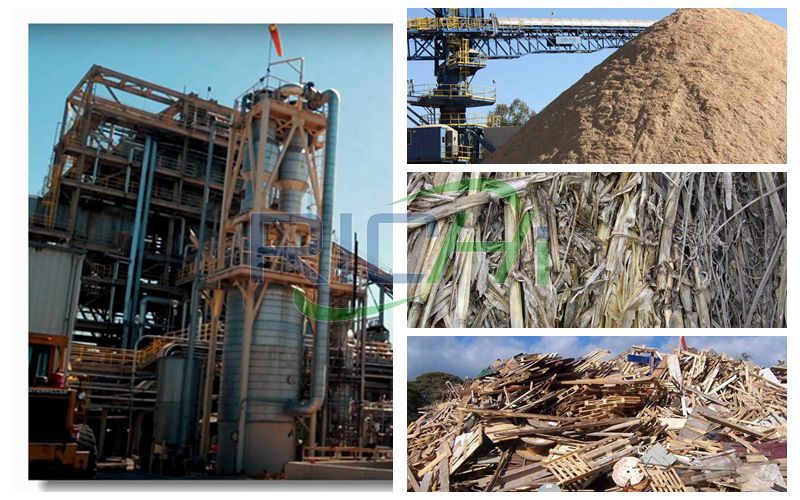The various raw materials required by the feed mill are put into storage or put directly into use through certain standardized procedures. Divided into bulk raw material receiving, packaged raw material receiving, liquid raw material receiving.
Clean out the impurities and iron-containing substances in the raw material, and let the clean materials enter the feed hammer mill for crushing. Its significance is to ensure the product quality and ensure the normal operation of the crusher.
The raw materials that need to be crushed enter the buffer bin after going through the cleaning section,and then enter the feed crushing machine. According to the requirements of the formula, the raw materials are crushed to a certain degree of fineness, and then transported to the next section without wind.
According to the requirements of the feed formula, different raw materials are mixed here with additives, oil/fat, medicines, etc. It is accurately weighed through the PLC control program, and the weighing, and mixing process is completed in the shortest time.
The crushed powder materials are pelletized, and feed pellets of different sizes can be produced by changing different ring dies. Pellet feed has comprehensive nutrition and strong stability, which can improve the digestibility of feed by animals, reduce animal picky eating, convenient storage and transportation, and economical.
The temperature of the pellets coming out of the pellet machine is 80 degrees, and the moisture is 15-16%. It is not suitable for packaging, so it needs to enter the counter-flow cooler to slowly cool the pellet feed to room temperature.
Through sieving, the qualified pellets are extracted, the unqualified small pellets or powder feed are sieved out and re-granulated, and the pellets whose geometric size is larger than the qualified pellet product are returned to the pellet crumbler machine for crumbling.
Our conveyors cover all feed processing sections throughout your feed plant.We can customize a conveying system by using any combination of bucket elevators,screw conveyors,scraper conveyors.
Finished feed need to be packed,ready to dispatch.Packaging system offers maximum flexibility. Matching requirements in product suitability and capacity. It is suitable for pellet feed and powder feed products,and can be manual or automatic bagging depends on requirement.
Core processing equipment
Contact Us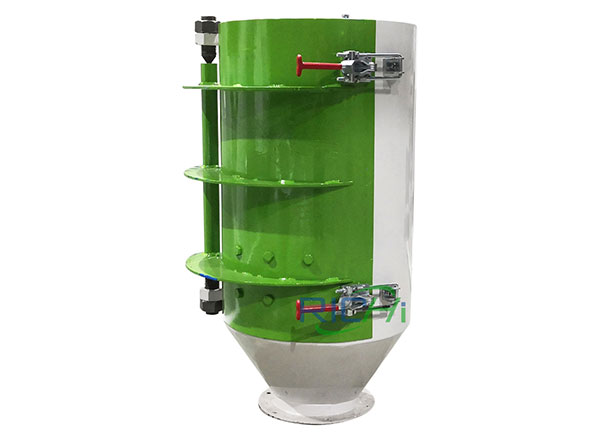
TCTX Permanent Magnet Sleeve
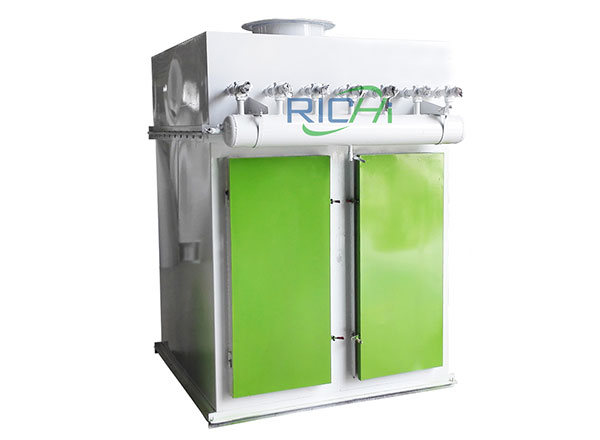
TBLM Dust Collector
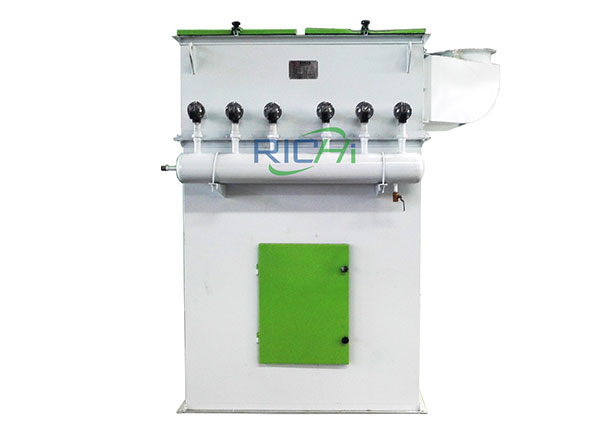
Pulse Dust Remover
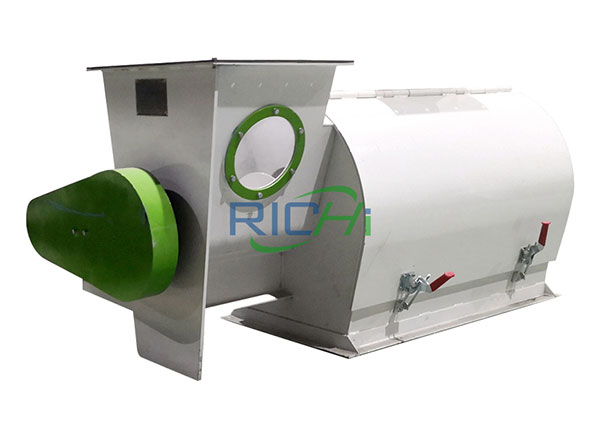
SCQZ Conical Drum Powder Precleaner
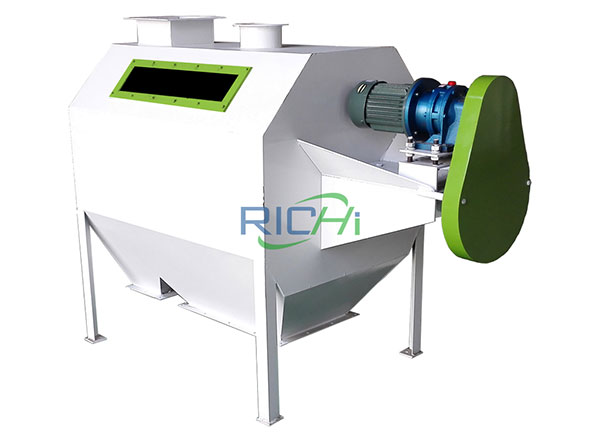
SCY Drum Pre-cleaner
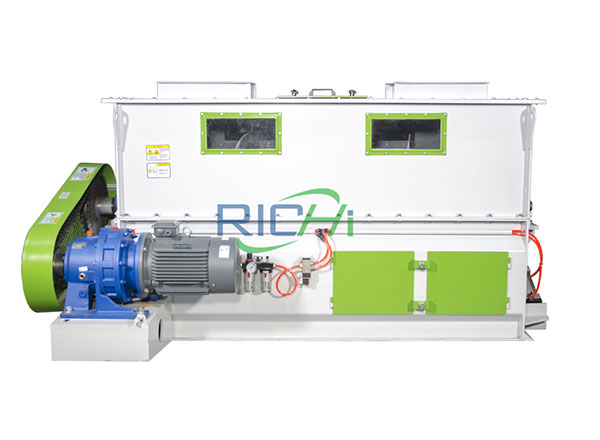
SLHY Horizontal Ribbon Mixer
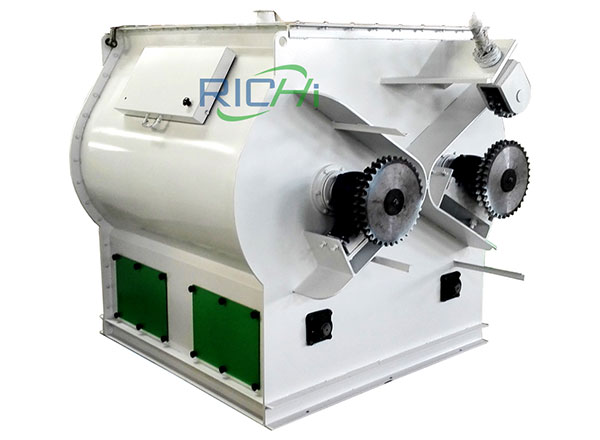
Double Shaft Paddle Mixer
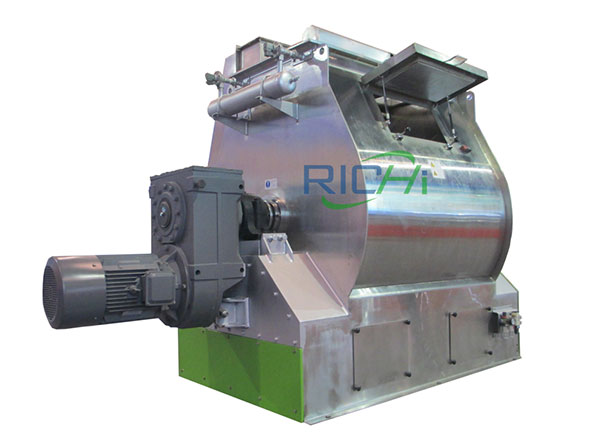
Stainless Steel Feed Mixer
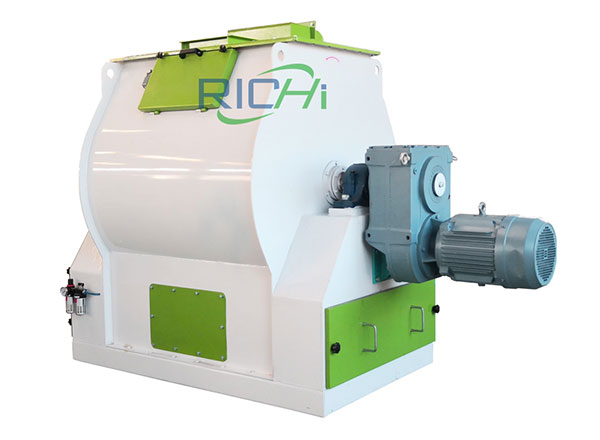
Single Roller Double Paddle Mixer



